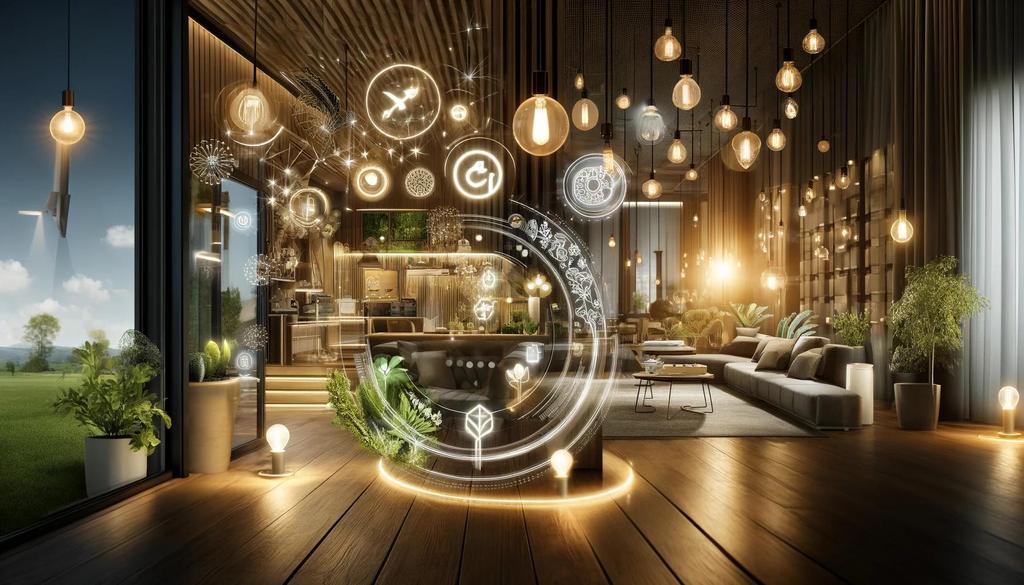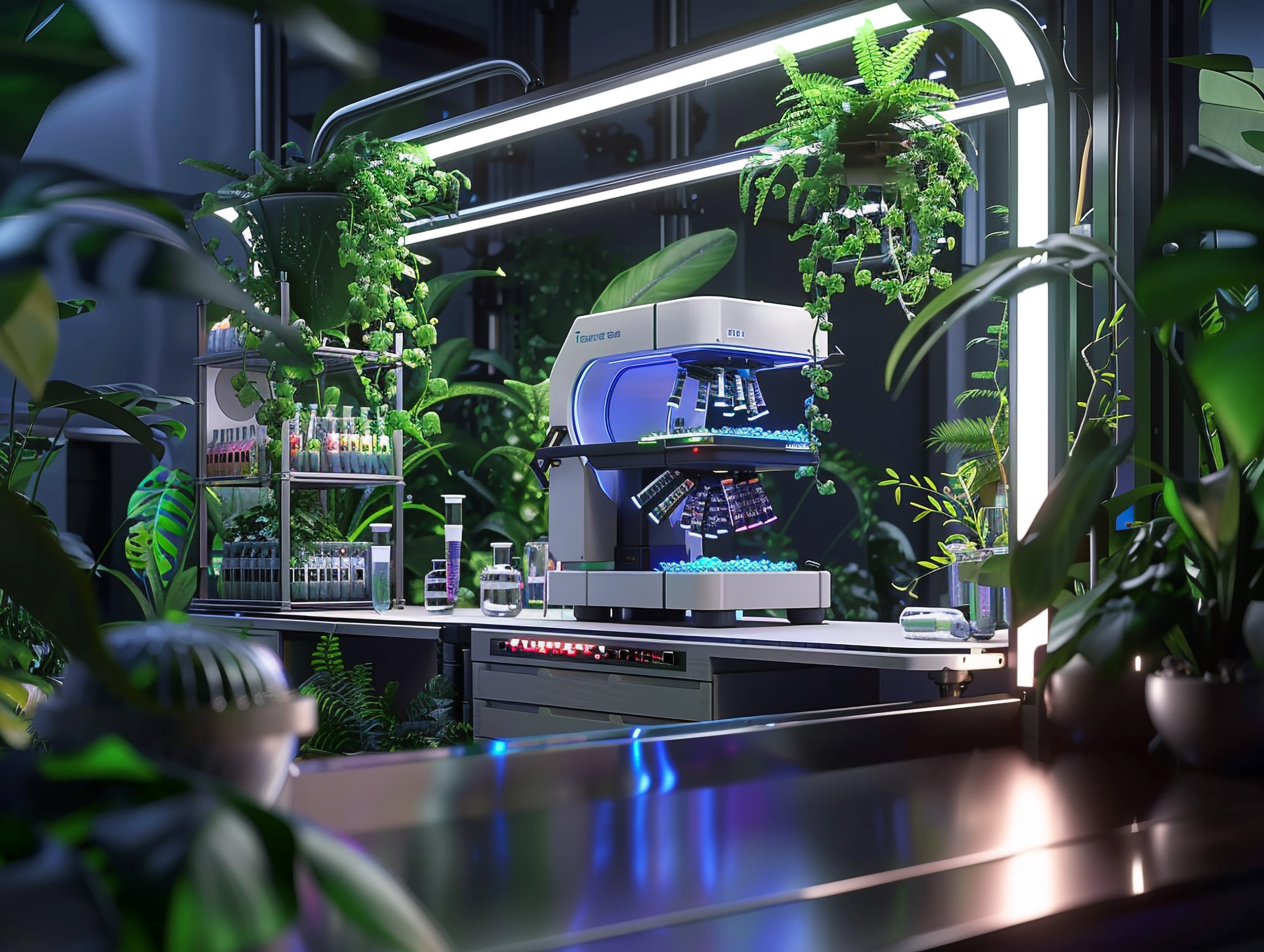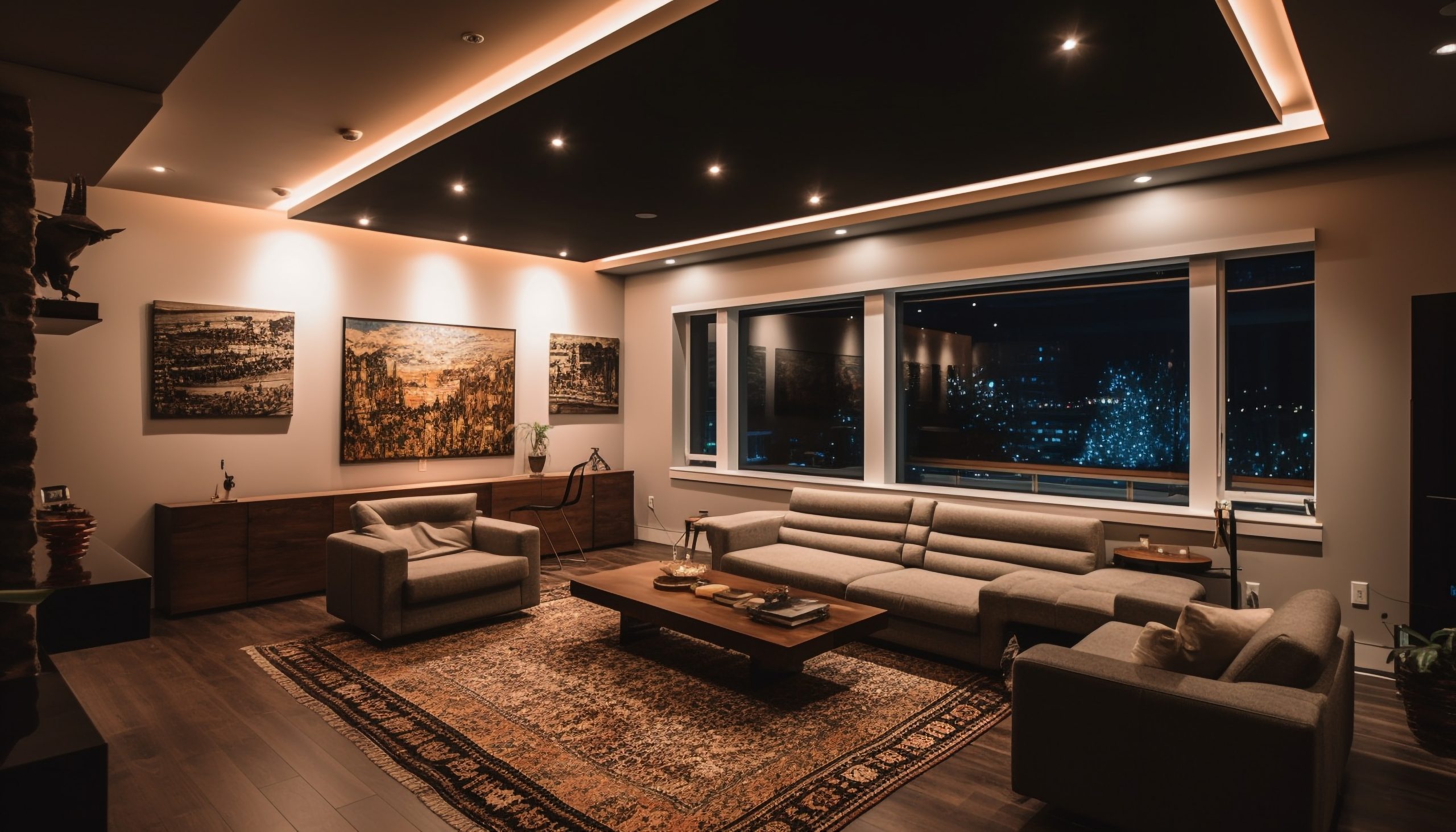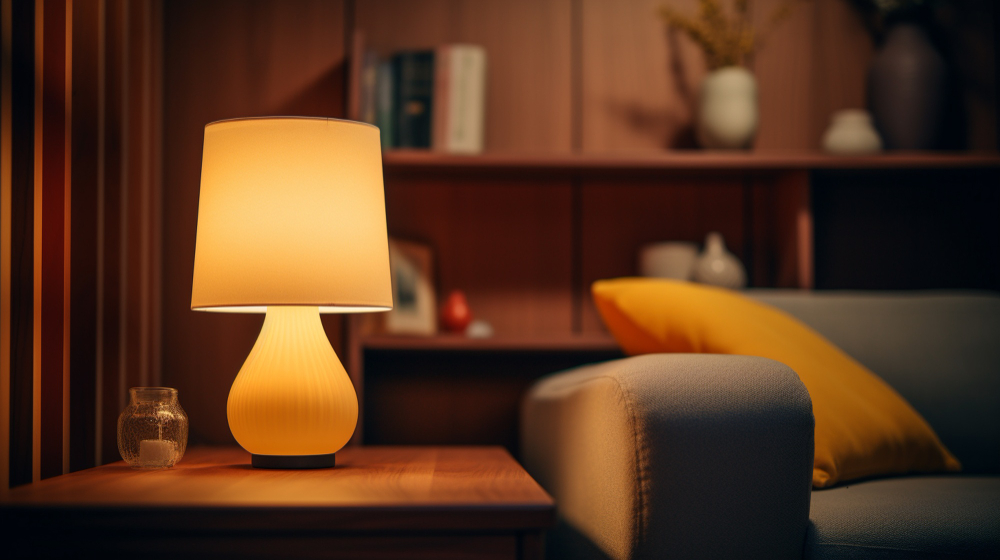Led Lighting for a Greener Future: Environmental Benefits

In recent years, Light Emitting Diodes (LEDs) have emerged as a turning point in the lighting industry, modernizing energy consumption and contributing considerably to environmental sustainability. ‘Innovation is about transforming the familiar into the extraordinary.’These energy-efficient alternatives not only reduce carbon emissions but also offer a multitude of other advantages. Particularly in residential settings, the adoption of ENERGY STAR rated LED products signifies a monumental leap towards sustainability. These residential LEDs, recognized for their superior energy efficiency, consume an incredible 75% less energy than traditional incandescent lighting while having a lifespan up to 25 times longer.
Projections for 2035 paint a compelling picture, expecting that the majority of lighting installations will harness the power of LED technology. The ripple effect of such widespread integration could yield ample energy savings, with estimates soaring to 569 terawatt-hours annually by 2035. To put this into perspective, it equates to the annual energy output of over 921,000-megawatt power plants. As LEDs continue to illuminate the path forward, their impact extends beyond individual homes, promising a brighter and more sustainable future for the nation’s energy needs.
Durability & Extended Lifespan:
LED lights possess an impressive lifespan, lasting up to six times longer than traditional lights. This not only reduces energy consumption but also minimizes the environmental impact associated with the production of new lighting products. The durability of LEDs makes them resistant to vibrations, lowering the risk of injury and contributing to a more sustainable lighting solution.
Requirement of Fewer Resources:
The extended lifespan of LED lights translates into fewer replacements, leading to a reduction in the resources needed for manufacturing, packaging and transportation. This minimizes waste production and lowers the environmental footprint associated with the entire lifecycle of lighting products. Additionally, less maintenance is required, saving time, effort and resources.
Energy Efficiency:
LED lights are renowned for their exceptional energy efficiency, consuming up to 80% less energy compared to traditional lights. This not only results in cost savings but also significantly reduces carbon emissions, making LED lighting crucial in the fight against climate change. The efficiency of LED lights also means that fewer lights are needed to achieve the desired brightness.
No Toxic Elements:
Unlike some traditional bulbs, LED lights do not contain toxic elements such as mercury. This not only makes them safer for the environment but also ensures that they can be easily recycled without causing harm. The absence of toxic materials in LED lights aligns with the principles of green technology and underpins their eco-friendly nature.
Produce Minimal Heat:
LED lighting’s exceptional efficiency results in minimal heat loss in the environment. This not only reduces energy waste but also contributes to a safer lighting option. Unlike traditional lights, LEDs emit minimal heat, reducing the risk of fire hazards and creating a more comfortable living and working environment.
Reduce the Emission of Harmful Radiation:
LED lights offer a safer lighting option by not emitting harmful ultraviolet radiation. This is a stark contrast to other types of lights that can pose health risks and cause material damage over time. LED lights provide flexibility in terms of color temperatures, further enhancing safety and reducing the environmental impact.
Safer for Brain Productivity:
The directional nature of LED lights reduces unwanted scattered light, making them safer for use in various settings. Most LED bulbs do not produce blue waves, which can negatively impact brain function and productivity. The ability to adjust brightness and create required lighting environments adds to their appeal in promoting a healthier and more productive lifestyle.
Insect-Free Lighting Environment:
LED lights, due to their minimal heat emission are less likely to attract insects compared to traditional lighting sources. This not only creates a more comfortable indoor and outdoor environment but also contributes to reducing the reliance on harmful insecticides. LED lighting presents a sustainable solution to minimize the impact on ecosystems.
Noise-Free Operation:
In comparison to some traditional lights that generate vibration or humming noise, LED lights operate silently. This makes them ideal for spaces that require silence, such as bedrooms, libraries or offices. The noise-free operation adds to the overall appeal of LED lighting in various settings.
Beneficial for Plant Growth:
LED lights provide cool light that benefits plant growth, making them ideal for indoor cultivation. LED grow lights, designed to meet the specific lighting needs of different plants, contribute to healthy plant development and maximize crop yields. This application of LED technology aligns with the principles of sustainable agriculture and environmental conservation.
LED Lights Reduce Carbon Emissions
LED lights play a crucial role in reducing carbon emissions through their energy efficiency and extended lifespan. Compared to incandescent or compact fluorescent lights, LED lights use up to 80% less energy, resulting in lower greenhouse gas emissions. The reduced need for frequent replacements and minimal maintenance further contributes to lowering the overall carbon footprint. By making the switch to LED lighting, we can improve air quality, combat climate change, and enjoy various health benefits, making it an environmentally friendly and energy-efficient choice.
Green Technology and LED Lighting:
The term “Green Technology” encompasses environmentally friendly technologies that aim to protect the environment and natural resources. LED lighting aligns impeccably with the principles of Green Technology, meeting specific criteria for energy efficiency, environmental friendliness, economy and social benefits.
Economy:
The operational and maintenance costs of LED lighting are significantly lower due to their high efficiency. The longevity of LED lights leads to extended lifespans, reducing the need for frequent replacements and lowering overall costs. This economic advantage makes LED lighting a sustainable and cost-effective choice.
Social Benefits:
LED lighting produces electromagnetic energies with minimal heat, creating a comfortable working environment. The absence of harmful UV rays and the ability to operate quietly contribute to the social benefits of LED lighting. These features make LEDs suitable for various settings, promoting well-being and productivity.
Addressing Challenges & Ensuring Sustainability:
While the benefits of LED lighting on the environment cannot be overlooked, it is essential to address challenges such as global light pollution. The shift towards LED lights has intensified these concerns, necessitating a well-balanced approach to sustainable practices. To ensure a greener future, it is crucial to adopt LED technology responsibly and mitigate its negative impacts on the environment.
LED lighting stands as a symbol of hope for a greener and more sustainable future. With its energy-saving capabilities, reduced carbon emissions and minimal waste generation, LED technology offers a viable solution to combat climate change and promote environmental conservation. The advantages of LED lighting extend beyond energy efficiency, encompassing factors such as durability, safety and social benefits. While addressing challenges associated with light pollution, responsible adoption of LED technology can pave the way for a brighter and more sustainable world. By making the switch to LED lighting, individuals, businesses and institutions can contribute to a cleaner and healthier planet, ensuring that future generations inherit a more environmentally conscious legacy.
More News
Lighting and Design Industry Trends for 2025: What to Expect and How to Stay Ahead
As the lighting and design industry continues to evolve, 2025 promises to bring exciting new trends, technologies, and innovations that will shape…View More
The Green Revolution: The Rise of LED Horticultural Lighting
The agricultural industry is undergoing a significant transformation, driven by the need for sustainable and efficient practices. One of the most promising…View More
Transform Retail Spaces with LED Lighting for a better experience
In today’s competitive retail landscape, the importance of creating an engaging and appealing environment cannot be overstated. The modern consumer seeks not…View More
Govt initiatives & collaborations in LED & smart lighting
In modern urbanisation and environmental consciousness, the evolution towards energy-efficient lighting solutions stands as a beacon of progress. LED (Light Emitting Diode)…View More
Navigating the Diverse Landscape of Lighting Solutions
From residential spaces to commercial establishments, and from healthcare facilities to outdoor landscapes, lighting plays a crucial role in shaping our environments…View More
Download
Recent Posts
Show Countdown
LED Expo Thailand
- days
- Hours
- Minutes
- Seconds
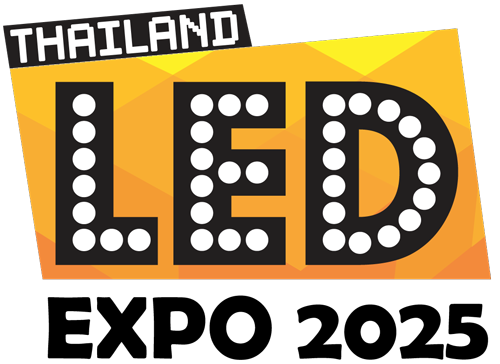
 ไทย
ไทย
 中文
中文

